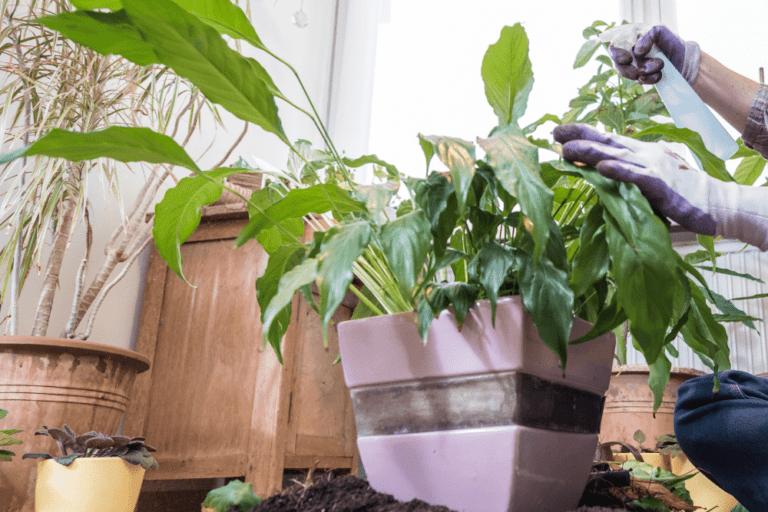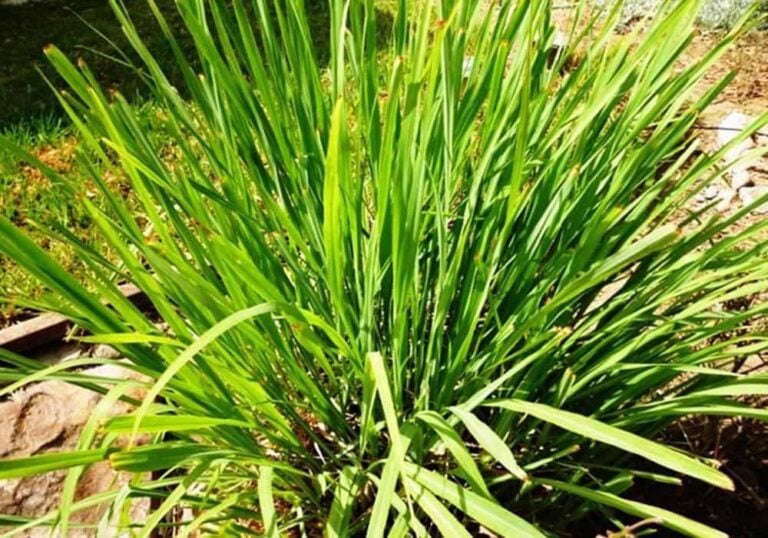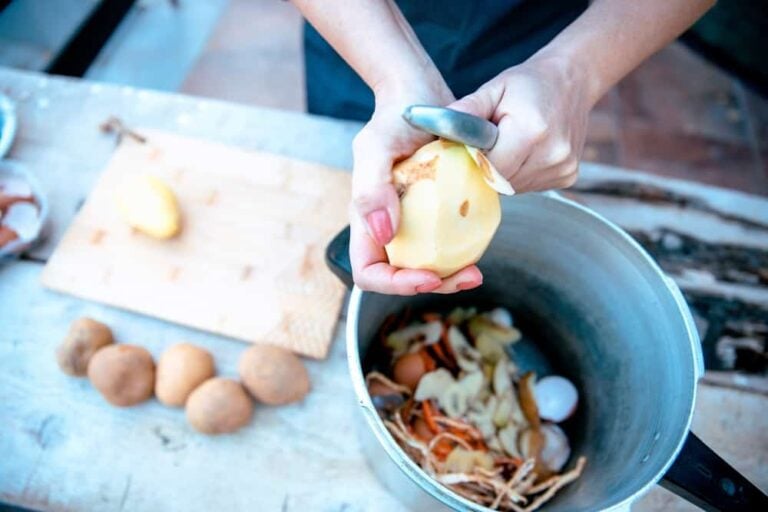Learn New Ways of Growing Spearmint
You can grow spearmint well indoors or outdoors. Spearmint needs plenty of space to spread, so choose a wide and shallow container or create a defined space in your garden for the plant. Grow spearmint by planting cuttings in a well-drained, nutrient-rich soil with sun or partial shade.
Keep spearmint plants well-watered at the soil and thin back plants often to encourage new growth and well-established plants. Harvest spearmint when plants are several inches tall, and pull sprigs as needed. Air-dry spearmint leaves and store in an airtight container.
Preparing for Growing Spearmint
You can grow spearmint plants from cuttings from someone you know with established plants, or by purchasing seedlings from a nursery. Once you grow your own established plants, you can be on your way to growing spearmint in your home or garden.
Growing Spearmint Indoors
You can grow spearmint year-round in containers or a window box in your home. Some gardeners choose to do this if they use spearmint frequently and want a continuous supply on hand. It’s also a good way to grow spearmint if your region is prone to extreme weather conditions.
To grow spearmint indoors, you’ll need a container with a wide surface instead of a deep one. A window box works well, since it is wide and shallow. But, a wide and shallow container works well too. The width and shallowness will help the roots spread, rather than entangle themselves in the container.
This video isn’t specifically about growing indoors, but it has some great related tips.
https://youtu.be/nXHSt6SZPDo
Your containers also need drainage holes, or one larger hole, for water to drain from. Keep your plants in a location of your home that gets plenty of warmth throughout the day, but don’t place them in direct sunlight until they become more established.
In about 3 years, you’ll need to start over with a new spearmint plant. By this time, most spearmint plants outgrow their containers, which hinder their growth and make them lose flavor.
Growing Spearmint Outdoors
Spearmint grows best in a well-draining soil that remains moist, since they naturally grow near stream beds. The garden area you choose should have plenty of sun, but spearmint plants can tolerate some shade through the day. The Old Farmer’s Almanac suggests growing spearmint near cabbage and tomatoes in your garden, as they thrive off each other.
Nutrient-rich soil is the best for growing spearmint. If needed, add a compost mixture to your soil to provide your plants with adequate nutrition.
You may want to create garden beds for spearmint that have a border and are separate from other plants you don’t want your spearmint to bother. It tends to overtake the area it’s planted in, so this will help keep their roots and plants contained within your specified garden area.
Planting Spearmint
The best time to plant spearmint in your garden is in the spring after the last frost or in the fall before the first frost. If you’re using spearmint cuttings, you can begin to root them in water or soil.
To root in water, remove the lower leaves from 3-inch spearmint cuttings and place in a glass of water for 7-10 days. Or, place the cuttings in soil, moving the soil around the base so the cuttings are sturdy. Keep them in a warm room, but out of direct sun, for 7 to 10 days.
Once you have roots, you can transfer your plants to your garden. Spearmint needs plenty of room to grow and spread, so plant each seedling about 2 feet apart. You should only need one or two plants to be plenty for your family, since they’ll vigorously spread through your garden area.
After you plant spearmint, consider using a mulch to keep the soil at the proper temperature and moist. A mulch layer will also add some protection from harsh weather and keep the plants more contained in your garden.
Growing and Caring for Spearmint
Spearmint doesn’t require much care. If you mulch it properly, the soil should retain adequate moisture from occasional watering. However, if your garden area gets excessive sun, you may want to consider placing a canopy over your spearmint beds during times of extreme sun and heat.
The most important thing to remember when growing spearmint is keeping the plants contained. The best way to do this is to thin spearmint plants regularly. You can prune them easily with shears, take some cuttings to grow spearmint in your home, or give them to a friend. Thinning spearmint will help restrict it from over-populating your garden bed.
Spearmint is susceptible to diseases, like rust, powdery mildew, and leaf spot. Prevent these from harming your spearmint plants by allowing the plants plenty of sun through the day, watering the soil rather than leaves, and ensuring that your plants aren’t over-watered.
Harvesting and Storing Spearmint
Spearmint plants benefit from frequent harvesting. In fact, harvesting them often keeps them thinned out and produces a more established, strong plant and better yield. You can begin harvesting your mint sprigs once you have established plants several inches tall, but before its flower buds begin to appear.
Harvest mint sprigs by gently pulling them from the plant at the stem. Removing sprigs at the stem encourages new growth. As you’re harvesting, check for flower buds, and remove any that you see. This allows your spearmint sprigs to get the water and sun energy needed to thrive, rather than being used up by the flower buds.
Harvest your spearmint as needed. Fortunately, the leaves store well in an airtight container once they’re dried.
You can dry spearmint leaves by loosely bundling several sprigs together with a rubber band or tie them with a string. Make sure there is room for air to circulate between the sprigs, or you’ll risk your spearmint not drying fast enough and wilting instead.
Hang them in a warm location, between 70 and 120 degrees, with plenty of air flow. Keep spearmint leaves drying until the leaves are crisp, but still green. The process usually takes between 2 to 4 weeks.
Photo by Michael Herman licensed under CC BY-SA 4.0.






